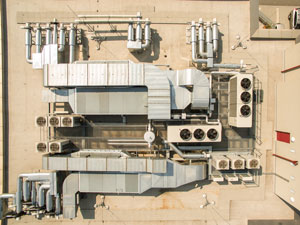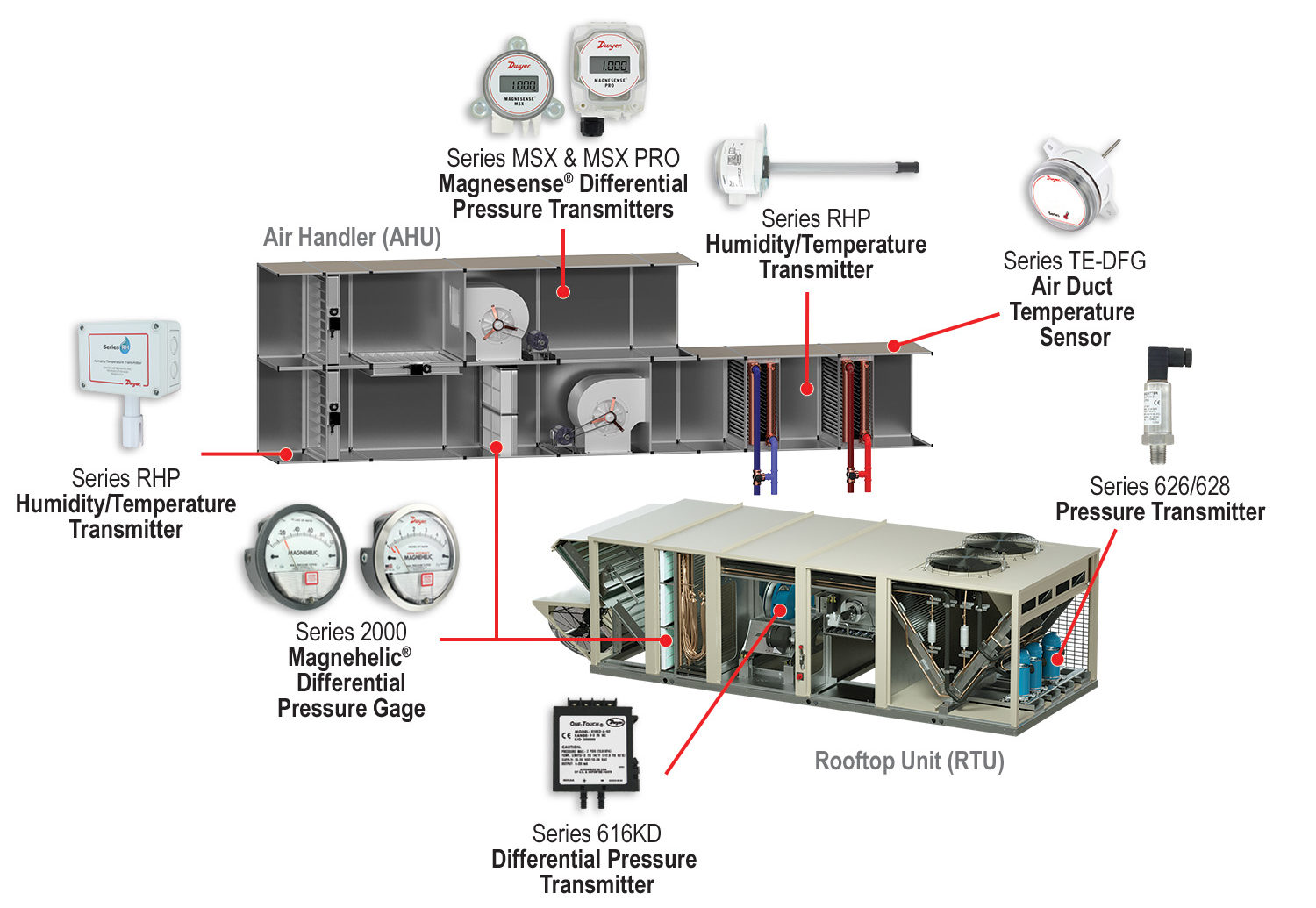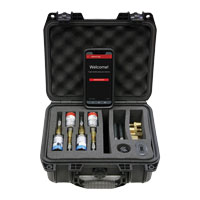 Picture this: you walk into an office building on a hot summer day. As the door closes behind you, you immediately feel the temperature change. It’s cool and refreshing, thanks to the terminal units working diligently behind the scenes. Terminal units, while often unseen and unheard, play a crucial role in maintaining a comfortable environment in various buildings, from offices to schools and hospitals. Let’s explore these components, the challenges they address, and how Dwyer’s range of products helps conquer these challenges.
Picture this: you walk into an office building on a hot summer day. As the door closes behind you, you immediately feel the temperature change. It’s cool and refreshing, thanks to the terminal units working diligently behind the scenes. Terminal units, while often unseen and unheard, play a crucial role in maintaining a comfortable environment in various buildings, from offices to schools and hospitals. Let’s explore these components, the challenges they address, and how Dwyer’s range of products helps conquer these challenges.
Continue reading “Exploring Terminal Units: Dwyer’s Solutions for Better Indoor Environments and Optimal Performance”
What is an Air Handler?
 Imagine you sit down at a restaurant on the outdoor patio, and as you’re waiting to order your food, you glance at the large HVAC system on top of the building across the street. Several questions cross your mind: Why do they need such a big system? And what goes into it? Today I want to introduce one of the vital aspects of a building’s HVAC system, the air handler. Continue reading “What is an Air Handler?”
Imagine you sit down at a restaurant on the outdoor patio, and as you’re waiting to order your food, you glance at the large HVAC system on top of the building across the street. Several questions cross your mind: Why do they need such a big system? And what goes into it? Today I want to introduce one of the vital aspects of a building’s HVAC system, the air handler. Continue reading “What is an Air Handler?”
Join us at AHR Expo!
 It’s the end of January and… AHR Expo is here! We’re excited to share our new products and technologies with you at the show next week.
It’s the end of January and… AHR Expo is here! We’re excited to share our new products and technologies with you at the show next week.
This year at AHR, we will be focusing on our indoor air quality solutions. Indoor air quality is an important part of our everyday lives. Did you know, on average, people spend 90% of their time indoors? From carbon dioxide to humidity, several factors impact the quality of the air we breathe. Continue reading “Join us at AHR Expo!”
Visit Us at AHR Expo 2022!

As we round out 2021 and welcome the new year, we’re eagerly anticipating the 2022 AHR Expo, which will be held on January 31 through February 2 in Las Vegas, Nevada. We’ll be at Booth C1452, so be sure to look for us if you’re able to stop out! Continue reading “Visit Us at AHR Expo 2022!”
Our Updated Mobile App Makes Hydronic Balancing Easier Than Ever!
Dwyer’s Hydronic Application has added many updates since its first launch in August 2018, but today we are proud to present version 2.0.1 of the app!

We’ve taken technician feedback into consideration to improve the overall user experience in the app, ensuring that balancing a hydronic system is now easier than ever. Continue reading “Our Updated Mobile App Makes Hydronic Balancing Easier Than Ever!”




